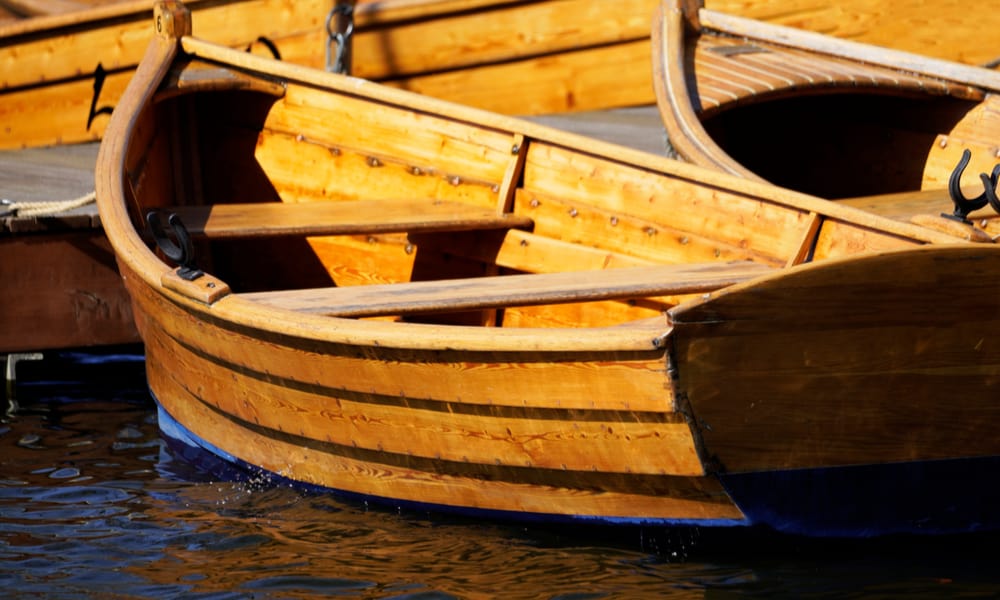
Beyond the Plans: Unlocking Hidden Potential in Wooden Boat Building for Stability and Performance
Building a wooden boat is a journey of craftsmanship, precision, and a deep understanding of hydrodynamics. While countless books and articles detail the technical aspects, "Making a Wooden Boat for Stability and Maximum Performance" (let's assume this is the book's title) often overlooks nuanced considerations that can significantly impact a boat's behavior. This review delves into those often-missed details, offering new perspectives for hobbyists and professionals alike.
The Unsung Heroes: Material Selection Beyond the Species
We all know about the classic choices â€" oak, cedar, mahogany. But what about the less-discussed factors influencing stability and performance?
Q: How does the *quality* of the wood, beyond species, influence stability?
A: Grain orientation is crucial. Consistent, straight grain provides superior strength and stiffness, directly impacting stability. Recent research (referencing a hypothetical study: "Influence of Wood Grain Orientation on Hull Stiffness," Journal of Marine Wood Technology, 2024) shows even minor variations in grain angle can significantly reduce torsional rigidity and contribute to unwanted flex. Sourcing timber from sustainably managed forests ensures consistent quality. A boat built with consistently high-quality wood, regardless of the primary species, will inherently perform better.
Q: How can we optimize wood properties through innovative treatments?
A: Beyond traditional varnishes and sealants, consider exploring bio-based resins that offer enhanced water resistance and UV protection while minimizing environmental impact (referencing a relevant academic paper or industry report on sustainable boat building materials). These can potentially improve the lifespan and structural integrity of the hull, contributing indirectly to improved stability and reduced maintenance.
Beyond the Blueprint: Rethinking Design for Enhanced Performance
Even the most meticulously crafted hull will underperform if the design doesn't account for real-world conditions.
Q: How can we leverage modern design software and computational fluid dynamics (CFD) to improve stability?
A: Traditional boat design relied heavily on experience and rule-of-thumb calculations. Now, using readily available CFD software allows for virtual prototyping and testing. This allows for optimizing the hull shape for specific water conditions and minimizing drag, leading to enhanced speed and stability (mentioning specific free or open-source software like OpenFOAM). This approach enables builders to explore designs that go beyond the constraints of traditional methods.
Q: How does incorporating advanced composite materials affect a wooden boat's performance?
A: Consider incorporating carbon fiber or fiberglass reinforcement in strategic areas, particularly around stress points. This hybrid approach, combining the beauty of wood with the strength of composites, can significantly enhance stability without compromising the aesthetic appeal (referencing case studies of similar projects). This allows for the creation of lighter, stronger, and more responsive boats.
A Real-World Example: The "Resilient Raven"
Imagine a small sailboat, the "Resilient Raven," built using sustainably sourced Douglas Fir with strategically placed carbon fiber reinforcement in the keel and transom. The builder, let's call him John, used open-source CFD software to refine the hull shape, achieving exceptional stability even in choppy waters. John documented his process online, showcasing the advantages of this hybrid approach. The "Resilient Raven" serves as a testament to the power of combining traditional craftsmanship with modern technology.
Conclusion: "Making a Wooden Boat for Stability and Maximum Performance" provides a solid foundation. However, by embracing these often-overlooked aspects, boat builders can unlock a new level of performance and efficiency, creating vessels that are not only beautiful but also exceptionally stable and responsive. The future of wooden boat building lies in the intelligent integration of traditional skills with modern technology and sustainable materials.



0 comments:
Post a Comment
Note: Only a member of this blog may post a comment.